Home > Fertiliser of the Future: AF reports on an exciting new UK product
Fertiliser of the Future –
AF reports on an exciting
new UK product
The rollercoaster ride by UK fertiliser prices has been a major concern for farmers, but AF has been to visit a domestic manufacturer using forage crops, poultry litter and food waste to create a credible and scaleable alternative.
What are CCm Technologies doing?
CCm are using a blend of waste products and forage crops to produce a fertiliser which is high in CO2 and organic matter.
AF fertiliser specialist Josh Joachim and CEO David Horton-Fawkes were kindly invited by Professor Peter Hammond, Chief Technology Officer of CCm Technologies, to visit the Bagley production plant in Shropshire.
The NPK pelleted fertiliser that is black in appearance, is made by combining natural feedstocks along with added nitrogen to make a highly renewable and sustainable fertiliser.
It is proving popular. Some of the leading vegetable agri-businesses are now encouraging their growers to use it. But supply is not limited to these contracted farmers – the product is available to the wider farming community.
How do they do it?
The material at the Bagley site is produced from the surplus digestate from the onsite AD plant, forage rye and maize silage, and when available poultry manure. To top up nitrogen levels to the minimum product nutrient quantity, prilled urea is added.
In the process, lignin is added, which acts as a urease inhibitor which in a roundabout way makes the product a protected urea NPK compound! The raw materials are dried and mixed together before being pressed into a granule. The product is then bagged into 800kg bags (1000kg bags coming online very soon) and are ready to be delivered to farm.
Whilst being a pellet and not the usual granule or prill, the product is really neat, well manufactured and offers an excellent renewable alternative to bagged NPK fertilisers.
Future focus – a cyclical supply chain
The really exciting part was hearing about CCm’s plans for a new 30,000 tonne per year capacity production plant at Evesham. The primary feedstock at that plant will be food waste which will be a really ground-breaking venture and offer growers a complete cycle of nutrition.
Food waste can be collected on farm, delivered to the CCm plant and then returned as high carbon and organic matter fertiliser, ready to be used for growing the next crop.
CCm are on the hunt for new potential sites in the East of England so if any of our Members have an onsite AD plant, CCm would love to hear from you!
Once the new Evesham plant is online, production capacity could help make a big in-road to the UK fertiliser market – so watch this space.



